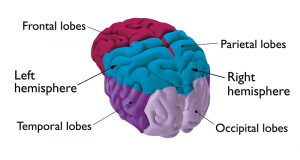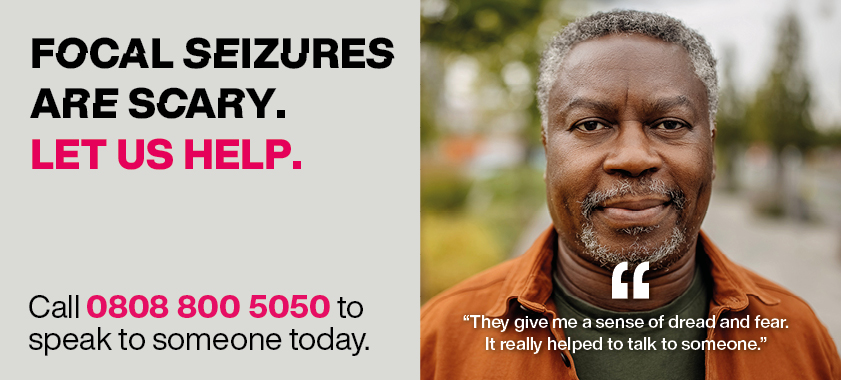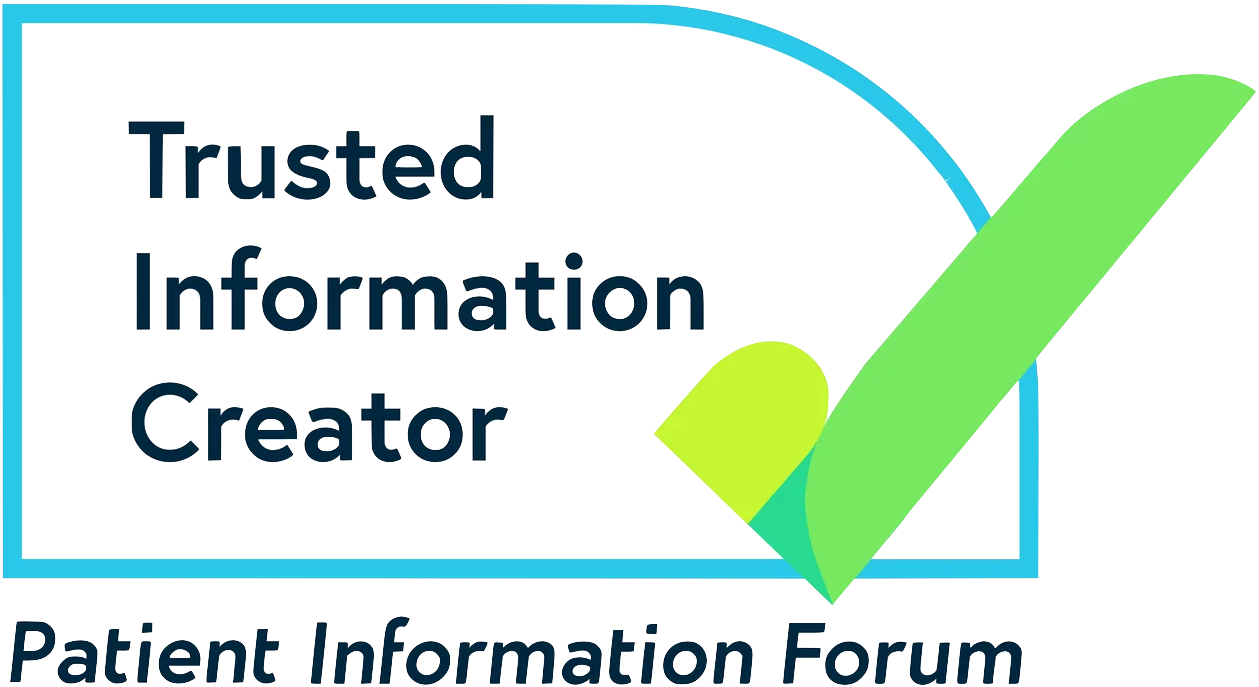Go straight to the info you need
What are the different types of focal seizure?
Focal aware seizure
During a focal aware seizure, you stay fully aware of what’s happening around you, even if you can’t move or respond. This type of seizure used to be called a simple partial seizure.
Some people with epilepsy use the word ‘aura’ to describe the feeling they get that warns them they’re about to have a tonic-clonic seizure. The aura is in fact the seizure starting in a single part of the brain as a focal aware seizure, before spreading to affect both sides of the brain.
There is information about focal to bilateral tonic-clonic seizures on our website.
Focal aware seizures can also happen on their own, without developing into another seizure type. Some people who have focal aware seizures on their own also call them auras.
Focal impaired awareness seizure
If your awareness of what’s happening around you is affected at any time during your seizure, it’s called a focal impaired awareness seizure. This type of seizure used to be called a complex partial seizure.
Motor or non-motor
Doctors may also use the words motor or non-motor to describe focal seizures. Focal motor describes focal seizures where the main symptoms involve muscle activity, such as jerking, muscles becoming limp (loss of muscle tone) or repeated movements. Focal non-motor describes seizures where the main symptoms don’t involve muscles. They can include things like changes in emotions, thinking and sensations.
What happens during focal seizures?
What happens during a focal seizure depends on which area (lobe) of the brain is affected, and whether the seizure spreads to affect other areas. Some people just experience one symptom during a focal seizure, while others have several.

-
Frontal lobes
The frontal lobes are responsible for things like personality, emotions, concentration, problem solving and body movements. The symptoms of frontal lobe seizures can sometimes be mistaken for mental health problems or sleep disorders.
Some people who have frontal lobe seizures only have them in their sleep. They don’t usually last long, but often happen in clusters, with several happening in a short space of time. Your awareness may or may not be affected.
Symptoms of seizures in the frontal lobes can include:
- Pelvic thrusting, kicking, pedalling, thrashing or rocking movements
- Screaming, swearing or laughing
- Unintentionally passing urine (urinary incontinence)
- Your head or eyes turning to one side
- Having unusual body movements, such as stretching one arm while the other bends
- Twitching, jerking or stiffening of muscles in one area of your body. The movements may sometimes spread bit by bit to other areas
-
Occipital lobes
‘Occipital’ sounds like this: ok-sip-i-tl
The occipital lobes are responsible for processing what we see (visual information).
Seizures starting in the occipital lobe often spread to involve other lobes. Symptoms include:
- Seeing flashing lights, colours or simple patterns
- Seeing more complex images, such as pictures of people, animals or scenes
- Not being able to see as well as usual, or not being able to see at all
- Having eye movements you can’t control, such as your eyes closing, moving to one side or moving quickly from side-to-side
- Repeated blinking
-
Parietal lobes
‘Parietal’ sounds like this: puh-rahy-i-tl
The parietal lobes are responsible for things like understanding space and distance (spatial perception), processing language, and interpreting the signals from our senses of touch, vision and hearing.
Seizures starting in the parietal lobe often spread to involve other lobes. Symptoms can include:
- Having feelings of numbness or tingling
- Prickling, crawling or electric-shock sensations, which may spread along the affected body part
- Sensations of burning, cold or pain
- Feeling like part or all of your body is moving or floating
- Feeling like a body part has shrunk, become bigger or is missing
- Sexual sensations
- Difficulty understanding language, reading, writing or doing simple maths
- Seeing things as bigger or smaller than they really are, or seeing things that aren’t there
-
Temporal lobes
‘Temporal’ sounds like this: tem-per-uhl or tem-pruhl
If you have been diagnosed with temporal lobe epilepsy it means you have seizures starting in one or other of the temporal lobes. The temporal lobe is responsible for things like memory, hearing and understanding language.
Seizures starting in the temporal lobes are usually, but not always, focal impaired awareness seizures. You might start the seizure being aware of what’s happening, and then lose awareness as the seizures goes on.
Symptoms of seizures in the temporal lobes include:
- Feeling frightened
- Feeling like what’s happening has happened before (deja vu)
- Hearing things that aren’t there
- Experiencing an unpleasant taste or smell
- Having a rising sensation in your stomach
- Lip smacking, repeated swallowing or chewing
- Changes to your skin tone or heart rate
- Automatic behaviours such as fidgeting, undressing, running or walking
After a temporal lobe seizure you are likely to be confused or may find it hard to speak for a short time.
How long do focal seizures last?
Most focal aware seizures are short, lasting between a few seconds and two minutes. Focal impaired awareness seizures usually last between one and two minutes, but may be shorter or longer for some people.
What happens after a focal seizure?
What happens after a focal seizure varies from person to person. You might feel fine and be able to get back to what you were doing straight away. Or you might feel confused or tired for some time afterwards. You might need to sleep.
Some people find they have temporary weakness or can’t move part of their body after they’ve had a seizure. This is called Todd’s Paralysis (or Todd’s paresis). It can last from a few minutes up to 36 hours, before going away.
How can someone help me during a focal seizure?
Our short online first aid course shows you what focal seizures can look like, and how to help when someone has one. Visit focal seizure first aid
The NHS website also has information about seizure types and living with epilepsy.
Got more questions?
Our expert advisors can help you with any questions you might have about focal seizures or anything else related to living with epilepsy.



